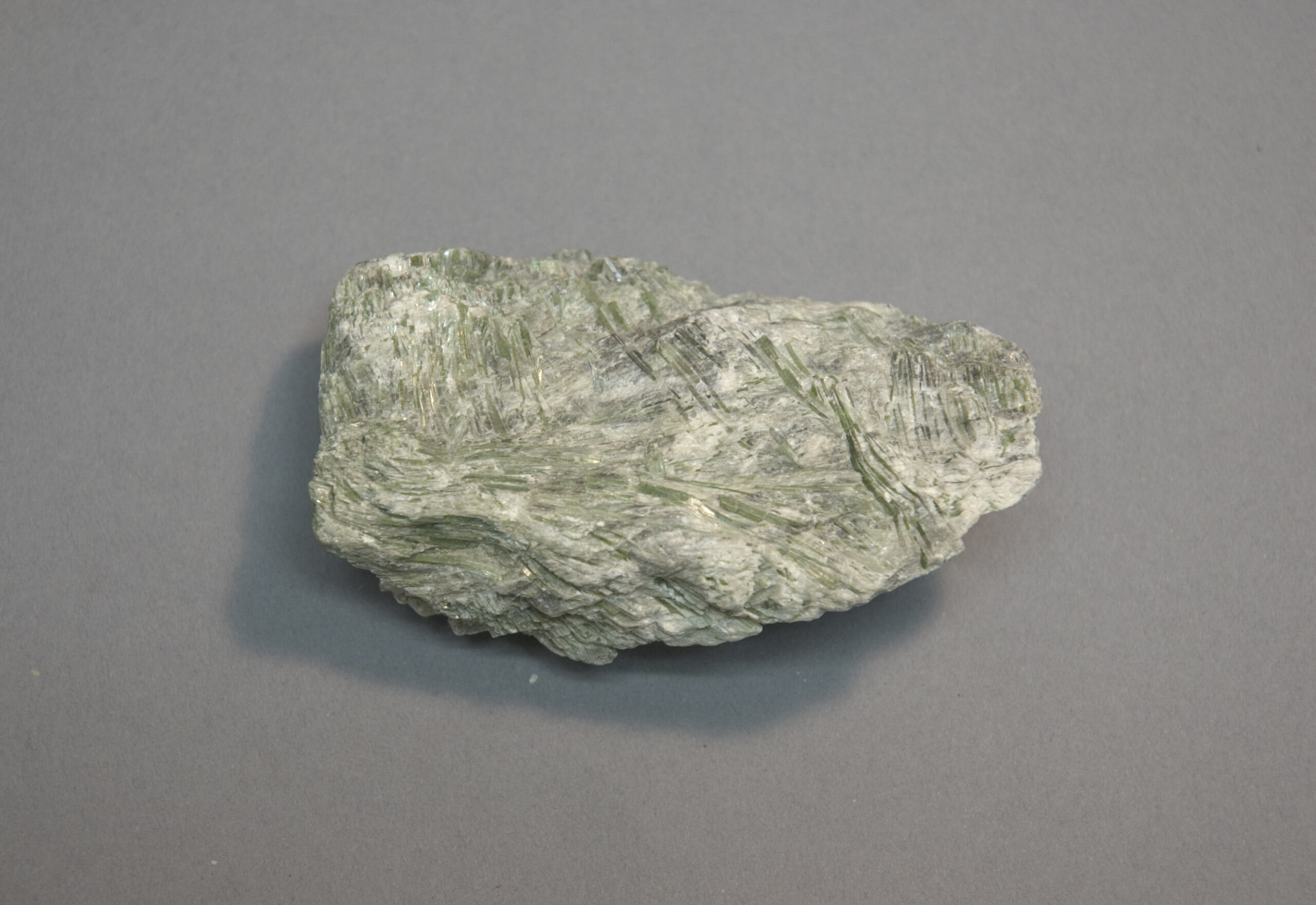
Asbestos Awareness: Identification and Safe Handling Procedures
Introduction
Asbestos, once widely used for its fire-resistant and insulating properties, is now recognized as a hazardous material that poses significant health risks. This article aims to increase awareness about asbestos, focusing on its identification and safe handling procedures to protect individuals from potential exposure and related health complications.
Understanding Asbestos and Its Risks
- Asbestos Types
- Chrysotile: The most common type, often found in ceilings, walls, and floors.
- Amosite and Crocidolite: Less common but more hazardous forms found in insulation and certain construction materials.
- Health Risks
- Respiratory Issues: Inhalation of asbestos fibers can lead to serious respiratory problems, including lung cancer and asbestosis.
- Mesothelioma: Prolonged exposure increases the risk of mesothelioma, a rare but aggressive cancer affecting the lining of the lungs.
- Common Applications
- Building Materials: Asbestos was commonly used in construction materials such as roofing, flooring, insulation, and pipes.
- Automotive Components: Found in vehicle brakes and clutches, posing risks to mechanics and auto workers.
Identifying Asbestos-Containing Materials (ACMs)
- Asbestos Inspection
- Professional Assessment: Engage certified asbestos inspectors to conduct thorough assessments.
- Sampling: Collect samples for laboratory analysis to confirm the presence of asbestos.
- Common ACMs in Buildings
- Ceiling Tiles and Textured Coatings: Asbestos was frequently used in acoustic ceiling tiles and textured coatings.
- Insulation: Asbestos insulation may be present in attics, walls, and around pipes.
- Vinyl Floor Tiles: Some older vinyl floor tiles contain asbestos fibers.
- Asbestos in Vehicles
- Brake Pads and Clutches: Asbestos may be present in older vehicles’ brake pads and clutches.
- Gaskets and Insulation: Certain engine components and insulation materials may contain asbestos.
Safe Handling Procedures for Asbestos
- Professional Removal
- Certified Contractors: Hire licensed asbestos removal professionals for safe and legal removal.
- Proper Disposal: Ensure proper disposal in compliance with local regulations.
- Avoiding Disturbance
- Leave Undisturbed: If asbestos is in good condition and undisturbed, it may pose lower risks.
- No Drilling or Sanding: Avoid activities that can release asbestos fibers into the air.
- Protective Equipment
- Personal Protective Equipment (PPE): Wear appropriate PPE, including respiratory protection, disposable coveralls, and gloves.
- Respirators: Use respirators with HEPA filters to prevent inhalation of asbestos fibers.
- Wet Methods and Minimization
- Wetting Surfaces: Wet ACMs before removal to minimize the release of fibers.
- Minimize Breakage: Handle materials with care to prevent breakage and fiber release.
- Ventilation and Containment
- Controlled Environment: Set up containment areas with controlled ventilation during removal.
- Seal Off Work Area: Seal off the work area to prevent the spread of asbestos fibers.
Creating Asbestos Awareness in the Workplace
- Employee Training
- Identification Skills: Train employees to recognize potential asbestos-containing materials.
- Reporting Procedures: Establish clear procedures for reporting suspected asbestos materials.
- Information Dissemination
- Post Warning Signs: Clearly mark areas where asbestos removal or handling is taking place.
- Educational Materials: Distribute educational materials on the dangers of asbestos exposure.
- Regular Inspections
- Scheduled Inspections: Conduct regular inspections to identify any deterioration or damage to asbestos-containing materials.
- Recordkeeping: Maintain records of inspections and any remediation activities.

Conclusion
Asbestos awareness is crucial for safeguarding the health of individuals exposed to this hazardous material. Identifying asbestos-containing materials and adopting safe handling procedures are paramount to preventing health complications associated with asbestos exposure. By promoting awareness, conducting thorough inspections, and implementing proper removal protocols, workplaces can contribute to a safer environment and protect the well-being of their employees.
Safety Training Program Evaluation: Measuring Effectiveness and Impact
Psychosocial Risk Assessment in the Workplace: Addressing Mental Health Concerns
Root Cause Analysis (RCA): Identifying and Addressing Underlying Causes of Safety Incidents
Risk Assessment and Hazard Identification: A Key Responsibility for Safety Officers
Personal Protective Equipment (PPE): Selection, Usage, and Maintenance for Safety Officers
Frequently Asked Questions (FAQs)
- What are the health risks associated with asbestos exposure?
- Health risks include respiratory issues, lung cancer, asbestosis, and mesothelioma, a rare but aggressive cancer affecting the lining of the lungs.
- How can asbestos-containing materials (ACMs) be identified?
- Asbestos inspection by certified professionals involves assessments and laboratory analysis of samples. Common ACMs in buildings include ceiling tiles, textured coatings, insulation, and vinyl floor tiles.
- What are safe handling procedures for asbestos?
- Safe handling procedures include professional removal by certified contractors, avoidance of disturbance, use of personal protective equipment (PPE), wet methods during removal, and proper ventilation and containment measures.
- How can workplaces create awareness about asbestos?
- Workplaces can create awareness through employee training on identification, dissemination of information through warning signs and educational materials, and regular inspections to identify and address potential asbestos-containing materials.
























